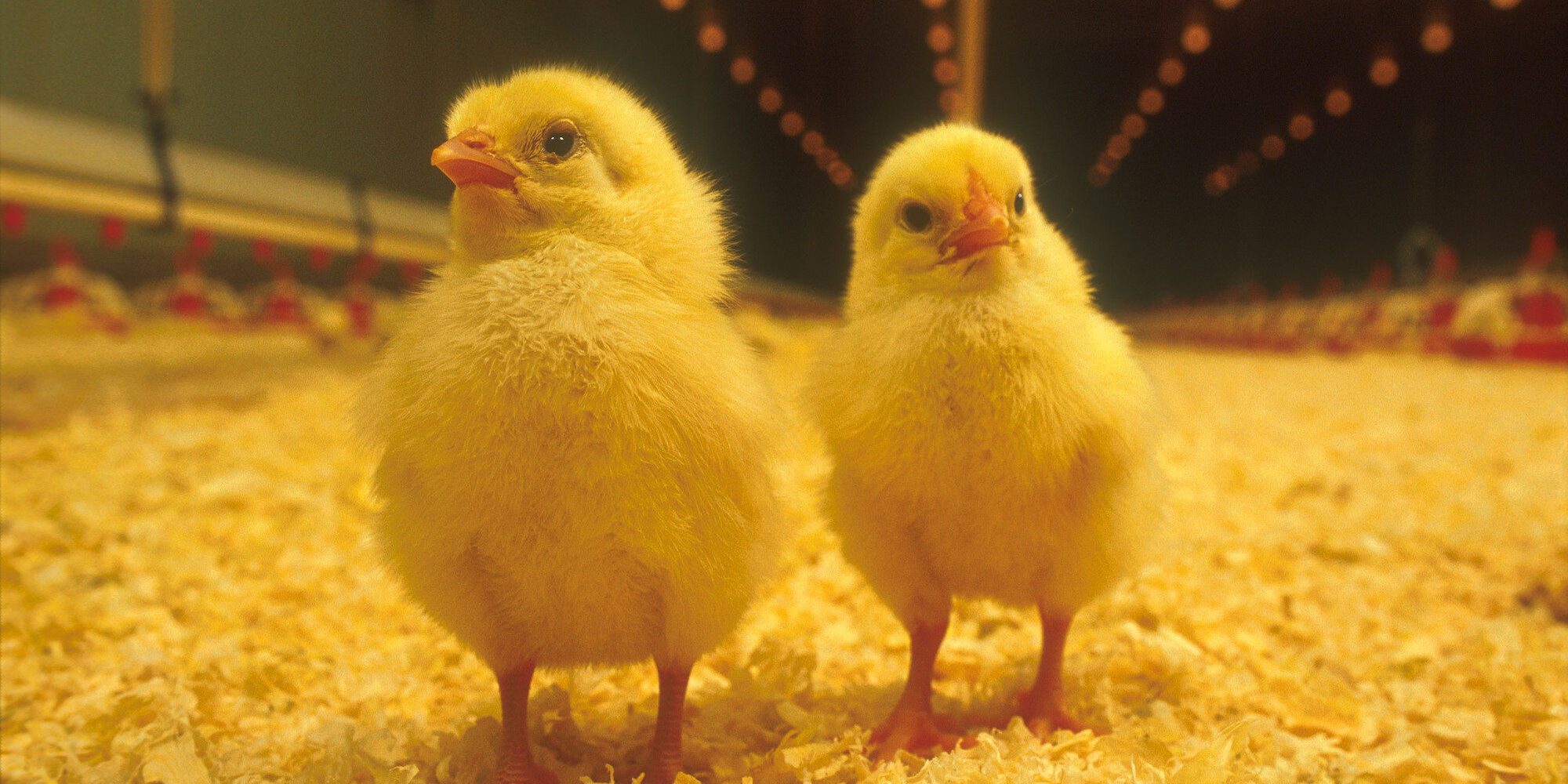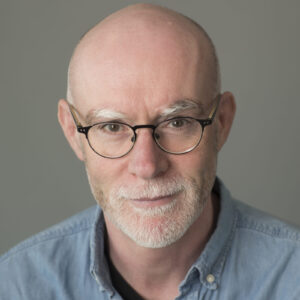
A Social Democratic Chicken
Contact persons
Research areas
Share article:
Substantial growth and contract production for three slaughterhouses, which more or less shares the entire market between them, characterises the Norwegian chicken industry.
19.000 tonnes chicken was produced in Norway in 1990, compared to 86.305 tonnes in 2016, shows an article by Hilde Bjørkhaug, Jostein Vik and Carol Richards.
– Chicken production in both Norway and the rest of the world has seen substantial growth since the late 90’s. This is partly due to changes in the genetic material. The chicken is very different today compared with 20 years ago. The industrial chicken has two very important features; rapid growth and a uniform appearance and qualities, explains researcher at Ruralis, Jostein Vik.
The supply side has also seen major changes since the late 90’s.
– Chicken is a healthy meat alternative, and it is considered as a quite climate-friendly kind of meat production, adds Vik.
The American Way
One of the key questions in the article was whether Norway have moved towards an American model of chicken production.
– American chicken production is characterized by industrial production, manufacturers controlled by the large slaughterhouses, poor working conditions and significant environmental and animal welfare issues. Simultaneously, we see a streamlining of production in Norway. Three slaughterhouses refines almost all chicken. Politically, we observes deregulations at farm level, which facilitates increased volume, explains Vik.
At the same time, several factors hampers Americanization of the Norwegian agriculture sector.
– Norwegian agriculture and labour marked have values and driving rules, which provide a kind of social democratic chicken model. We have clear tariff agreements and strict regulations regarding environmental issues and consumption. This hampers a development towards an American model. Another factor we observed was the slaughterhouses concerns about their reputation among consumers. One last factor in Norway is our import restrictions, which seems to reduce the pressure to neglect animal welfare and labour rights, in order to meet foreign competition. In conclusion, although Norway has some of the same structural driving forces as in the US, we are better suited to regulate the chicken market.
Diversity
– Are Norwegian consumers worse off by three actors controlling the entire market?
– No, I do not think so. Prices have fallen as production volumes have risen. The range of chicken products have also increased. Lately, we see increased demand for different breeds of chicken. When we wrote this article, one breed was predominant. This coincides with the development towards increased demand of more expensive quality food, Vik answers.
Organization
The three large chicken slaughterhouses in Norway, Norsk Kylling, Nortura and Jærkylling, have chosen different ways to organize.
– They all have contract production, where farmers have a contract to deliver chicken to their slaughterhouse in common. Nortura, which owns the Prior brand, is a farmer cooperative. Norsk Kylling, owned by Rema1000, has a fully integrated model, where they control the entire value chain, from the hatcheries and all the way to their own stores. The latest model, which Jærkylling uses, is the investment model. In this model, various private investors have entered the owner’s side, says co-author and researcher at Ruralis, Hilde Bjørkhaug.
In practice though, the chicken farmers are tied to the slaughterhouse in their region.
– The three chains have regional monopolies. If you are a chicken producer in Central Norway, you do not have many alternative buyers than Norsk Kylling, says Vik, and adds that the same is true for farmers in the eastern and the western parts of Norway, with respectively Nortura and Jærkylling as their only alternative.


